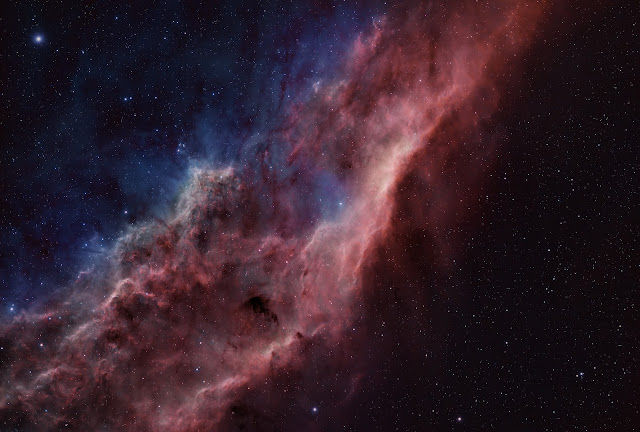I think I am really enjoying the moon again. We regularly curse and wish it away. But I must say I have loved every minute waiting for Regisax to show me a final image. I use Photoshop to stack. I must make one apology though. I have forgotten to a RGB align on the past few images therefore at high magnification you can see the misalignment. I will revisit and correct them. But for now I entend to enjoy our closest neighbour La luna. Comments always welcome. Feel free to offer them.
Addendum 22/4/13 I have now RGB aligned and a gentle sharpen added.











